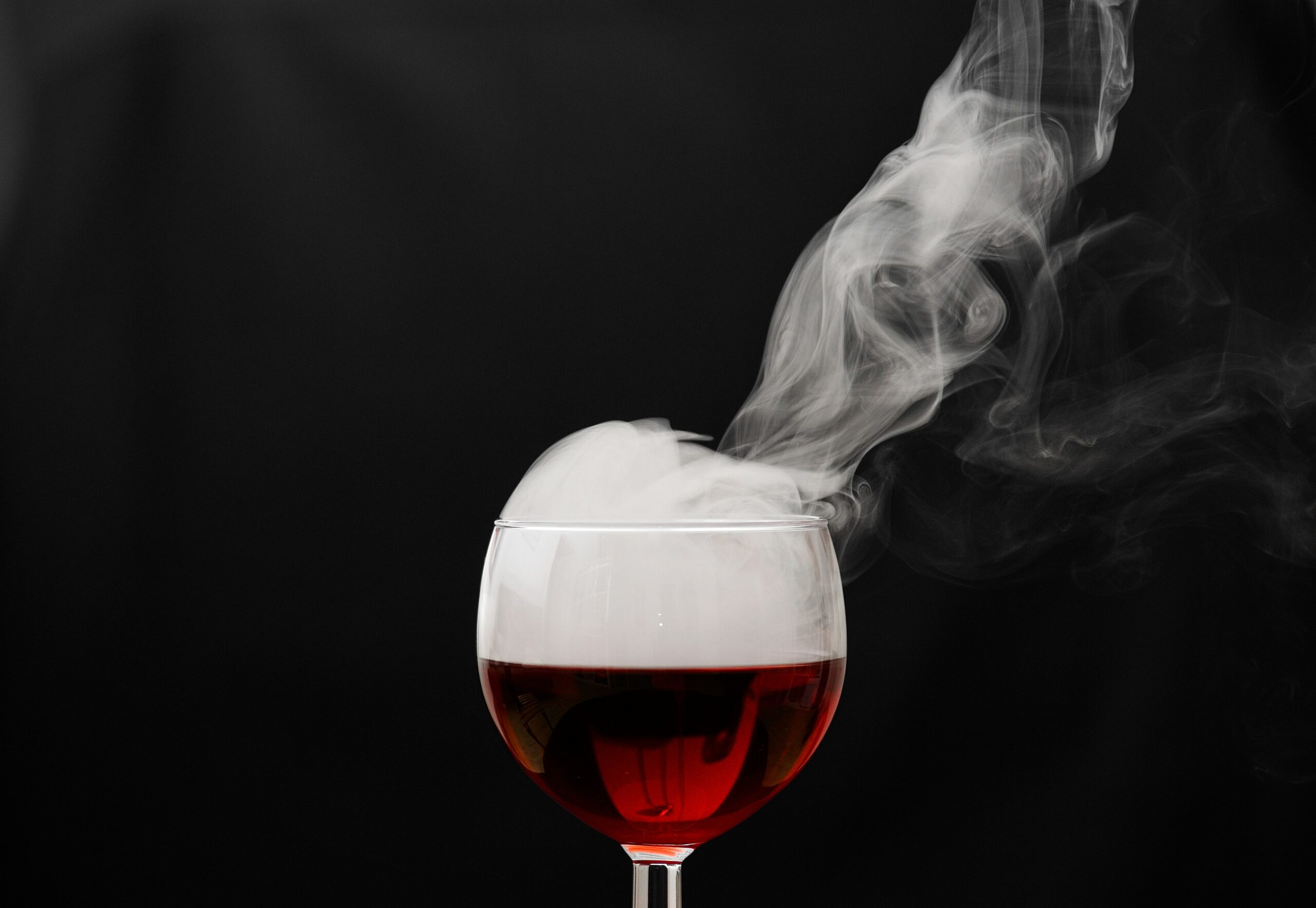
Wine tasting is not just a hobby; it’s an engaging experience that combines sensory pleasure with a deep appreciation for tradition and craftsmanship. Whether you’re an experienced sommelier or a casual enthusiast looking to deepen your understanding of wine, this journey through the art of wine tasting will explore how to approach this sophisticated activity with finesse and insight.
Introduction to Wine Tasting
It begins with a visual inspection, where the appearance of the wine in terms of color, opacity, and viscosity gives the first clues about its style and condition. For instance, a darker hue in white wines could suggest age or exposure to oak.
After visual assessment, the next step is olfactory evaluation. By sniffing the wine, tasters can detect many aromas that should ideally be harmonious and complex. These aromas are generally categorized into three primary groups: primary (from the grapes), secondary (from fermentation), and tertiary (from aging).
Taste finally allows the taster to confirm the nose’s findings and assess qualities like sweetness, acidity, tannins, and alcohol, which should be balanced. The length of the aftertaste, or finish, also plays a crucial role in assessing quality.
Essential Tools for Tasting
Investing in the right tools can significantly enhance the wine-tasting experience. Essential items include several shapes of wine glasses designed to accentuate different types of wines, a professional wine opener to avoid cork damage, and possibly a decanter to aerate wines and soften tannins. A tasting notebook to jot down impressions can also be invaluable for those who attend frequent tastings.
Tips for Maximizing Your Tasting Experience
Creating the right environment is crucial for a successful wine tasting. The setting should be free from distracting odors and noises that can impair your ability to concentrate on the wine. Proper lighting and a white background can help accurately assess the wine’s color and clarity.
Moreover, cleansing your palate between wines with water or neutral foods like bread can prevent flavor carryover. Taking notes during the process not only aids in remembering the wines but also helps in developing a more acute sensory memory over time.
Learning About Wine Regions
Understanding the world’s wine regions enriches the wine-tasting experience by adding a layer of knowledge about the terroir, the environment in which the grapes are grown, and the geography, geology, and climate. This background helps tasters understand the unique characteristics of different varietals and how they express themselves in various conditions.
Visiting local wineries or participating in wine tours can also provide practical insights into the winemaking process and different regions’ specific challenges and benefits. This firsthand experience can deepen appreciation, leading to more informed evaluations during tastings.
Advanced Tasting Strategies
Exploring vertical and horizontal tasting methods can enlighten those seeking to refine their palate further. Vertical tasting involves sampling the exact wine from different vintages, providing insights into how weather and aging affect the wine. Horizontal tasting, on the other hand, compares wines from the same vintage but different wineries or regions, highlighting the impact of terroir and winemaker style.
Enrolling in more structured courses or obtaining certifications from bodies such as the Court of Master Sommeliers can also provide structured learning and improve tasting acuity.
Wine Tasting as a Social Experience
Participating in wine clubs, attending festivals, or hosting private tastings can offer enjoyable ways to share discoveries and favorites with like-minded enthusiasts.
Mastering the art of wine tasting is a rewarding endeavor that opens up a world of flavors, aromas, and experiences. With practice, the right tools, and a passion for learning, anyone can become proficient in the nuanced art of wine appreciation, making every glass of wine a journey worth savoring.